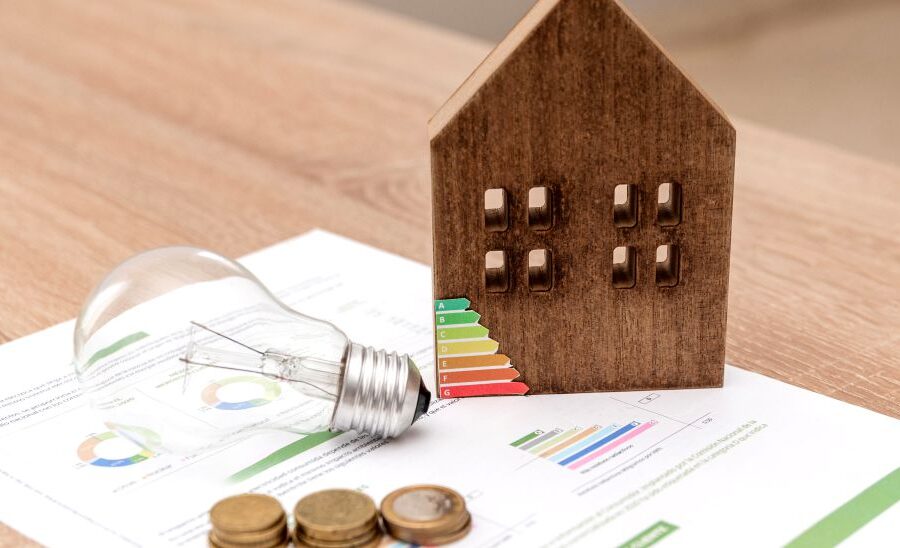An EPC rating of A places your home at the pinnacle of energy performance. Think of it as the gold standard: a home with incredibly low energy bills, maximum comfort, and a minimal carbon footprint. But how do you reach this coveted eco status? Let’s dive in!
Understanding Your Starting Point
The first step is getting an EPC assessment. This provides your current rating and, more importantly, recommendations tailored to your property. These recommendations are your roadmap to an ‘A’ rating.
Key Areas to Target
To achieve the ‘A’ status, you’ll likely need to push the boundaries on several fronts:
- Exceptional Insulation: Think beyond the basics. Excellent loft insulation, cavity wall insulation, or even solid wall insulation (internal or external) are often necessary to minimize heat loss drastically.
- High-Efficiency Heating System: Modern condensing boilers are a starting point. To score an ‘A’, consider renewable heating sources like heat pumps (air or ground source) or solar thermal systems.
- Superior Glazing: Double glazing is good; triple glazing is even better for maximum heat retention.
- Airtightness: A leaky house loses precious heat. Professional draught-proofing to seal gaps around windows, doors, and other areas is essential.
- Smart controls: Programmable thermostats and thermostatic radiator valves (TRVs) give you precise control, ensuring you don’t heat unoccupied rooms or spaces needlessly.
- Renewable Energy: Solar panels for electricity and solar thermal for hot water can dramatically reduce your reliance on the grid.
The Whole-House Approach
It’s important to remember that achieving an EPC rating of A necessitates a holistic approach. Individual measures are important, but it’s their combined impact that pushes you into the top tier. Your EPC assessor’s recommendations will highlight this.
The Investment Factor
Transforming your home to this level requires significant investment. Here are some factors to consider:
- Long-term Savings: Energy-saving technologies often have upfront costs, but reduced bills over time offset this investment, and even increase the value of your home.
- Government Grants/Incentives: Investigate any available schemes to support your retrofit, potentially reducing your costs.
- Phased Approach: If the full transformation is unattainable at once, prioritize improvements based on your EPC recommendations and budget.
Additional Considerations
- Lifestyle Changes: Even with the most advanced technology, your habits influence your energy use. Being mindful of turning off lights, optimizing appliance usage, and conserving water all contribute to maximizing efficiency.
- Ventilation: An airtight house needs well-designed ventilation to prevent damp and maintain healthy indoor air. Ensure your improvements include ventilation strategies.
Is an EPC ‘A’ Right for Everyone?
While striving for an ‘A’ rating is commendable and brings numerous benefits, it may not be feasible or necessary for every home. Older properties or those with listed status might find it particularly challenging due to building restrictions.
The Path to Excellence
Achieving an EPC rating of A isn’t about a single change; it’s a journey of continuous improvement. Each upgrade takes you closer to a warmer, healthier, more sustainable home with lower running costs.
Resources
- Government advice on improving your home’s energy efficiency: https://www.gov.uk/improve-energy-efficiency
- Find an Energy Assessor: https://www.epcregister.com/
Embrace the transformation and enjoy the many rewards of an A-rated home! Get Started Now.



